Discovering Rome: piazzas
- soniamelodias

- Feb 24, 2019
- 6 min read
Updated: Apr 9, 2019
I can´t really remember if we followed the guide I made in terms of planning, but I do recall that there was so much to see that the guide was a simple reminder of the basics, per say.
By now, I've sorted the pictures I took back then by places, so I don´t recall where we went first exactly. What I do recall was being overwhelmed by the beauty of everything I saw, falling in love with a city that exhales history, art, culture, that is alive and vibrates with color, life and also has a hell lot of charm.
This is exactly what I will try to show you trough my pictures and my comments.
Piazza del Popolo
Piazza del Popolo is located at the beginning of Via Flaminia and was the entrance to the city in the times of the Empire.
Looking south, three important streets leave this square:
to the left, Via del Babuino;
to the right, Via di Ripetta;
and in the center, Via del Corso, one of the main commercial arteries of the city.
In the center of the square is an Egyptian obelisk of 24 meters dedicated to Rameses II, known as Obelisco Flamínio. This monument was located in Circus Maximus since 10 b.c. and was transferred to Piazza del Popolo in 1589.
Here you can also visit the Church of Santa Maria del Popolo, where you can see two magnificent works of Caravaggio, as well as interesting Renaissance works, for free.
In this square are also situated the churches Santa Maria dei Miracoli and Santa Maria in Montesanto, two apparently equal temples, but that hide some differences.
To get the best view of the square my advice is to go to the Pincio Gardens, climbing the stairs to the east.
Piazza di Spagna
From Piazza del Popolo we can go to Piazza di Spagna trough Via Margutta or Via del Babuino.
This is another piazza we visited on the first day. In it´s center is a fountain representing a semi-sunken boat: the Fontana della Barcaccia. This fountain was created by Pietro Bernini for Pope Urban III. Its construction was finished in 1627 by his famous son, Gian Lorenzo Bernini. The Fontana della Barcaccia is shaped like a boat and has engraved the emblems of the Bernini family: suns and bees.
The interesting thing about this piazza is that it is not a simple square with a fountain, it has a huge staircase behind it that leads to an also famous church: Trinità dei Monti. And yes, of course we went up all the stairs.
This staircase that goes to the Church of Trinitá dei Monti is called the Spanish Steps, and is composed by 135 steps.
Climbing the Spanish Steps was worth it, believe me, because the view is quite amazing.
Piazza Venezia
Piazza Venezia, which connects to Piazza del Popolo through Via del Corso, is the heart of the city of Rome.
Here we can visit the Monumento Nazionale a Vittorio Emanuele II. This monument is not very well seen by the Italians, as it was commissioned by the dictator Mussolini. However, its architectural beauty is undeniable and it is decorated with beautiful statues. Climbing its stairs allows us to have a magnificent view of the city and take great photos.
Nearby is Palazzo Venezzia, the first building built in the Renaissance style of Rome, which once served as papal palace between the years of 1564 and 1797. This attraction is very important for Italian history, as it was here that Benito Mussolini made his speeches in one of the balconies in the era of fascism. Today, the palace functions as the Museo del Palazzo di Venezia, which has a very interesting collection of pottery, tapestry and statues from the beginning of the Christian era to the beginning of the Renaissance.
From this square we can see the first ruins: Campidoglio and Foro di Traiano.
Piazza Barberini
Piazza Barberini was built in 1625 under the orders of Cardinal Francesco Barberini and is located at the end of Via Veneto. This square is especially striking thanks to the two fountains made by Bernini.
Near the square is the Barberini Palace, a splendid baroque palace where the National Gallery of Ancient Art is installed.
In the center of the square is the Fontana del Tritoni, made in 1643, in which four dolphins hold the sea god Triton as he sprouts a jet of water from a snail. The fountain, made in travertine (sedimentary rock), is one of the most notable fountains made by Bernini.
A little more hidden, in one of the corners of the square, is Fontana delle Api, which is one of Bernini's most modest works. Built in 1644 in honor of Pope Urban VIII Barberini, the fountain is decorated with large bees that form the emblem of the Barberini family.
Piazza Cavour
The construction of Piazza Cavour begun in 1876 and it is here that the Palace of Justice is situated.
The Palace of Justice is sometimes referred to as the Palazzaccio, a term that dates from an investigation into the building's excessively long period of construction (1889-1910), and one that we would translate as "big ugly palace."
The monument in the center of the square is a tribute to Count of Cavour, an important statesman deeply involved in the movement for Italy's unification. The monument, accomplished by Stefano Galletti, was erected in 1895, when Rome celebrated it´s 25th anniversary as a capital of the state.
There are other elements of interest in this lovely piazza:
On one corner (to the right with one's back to the palace) is a 1911 church in the neo-Romantic style, the Chiesa Evangelica Valdese;
In the center back of the Piazza is the Teatro Adriano, a prominent space for film and theater.
Piazza della Minerva
This little square is situated near the Pantheon and has a most unique monument in its center: Elephant and Obelisk, by Bernini, that simultaneously contains Egyptian, Christian and Roman elements.
It is truly delightful!
Piazza della Reppublica
This is a very imposing square in a circular format, it is formed by a large roundabout and has a beautiful fountain in its center. Up until 50 years ago, it was called "Piazza Esedra", and nowadays, still many Romans refer to it in this manner.
Around the square there are luxury hotels and several restaurants with small but inviting tables (we actually had dinner in one of them). There is also a ruined-looking temple on the other side of the square.
The majestic fountain in the middle of the square is called Fontana delle Naiadi, and was built between 1870 and 1888 with four lions. In 1901, however the lions were replaced by the statues of four nude nymphs, representing the water. This scandalized the people at that time.
Piazza della Repubblica is a very interesting place in Rome. Here you can also visit the Thermae Diocletiani and the nearby Basilica di Santa Maria degli Angeli e dei Martiri.
Piazza di Santa Maria Maggiore
Piazza di San Bernardo
In this secluded little square you can find an enormous fountain and 3 churches:
Fontana dell'Acqua Felice is the terminus of an aqueduct built in 1585, the first that was made after antiquity. A statue of Moses of erroneous proportions occupies the center of the fountain;
Santa Maria della Vittoria, is an interesting church that preserves the ecstasy of St. Teresa of Bernini;
Santa Susanna alle Terme, which is particularly notable for its facade, by Carlo Maderno;
and San Bernardo alle Terme, a Cistercian church that occupies one of the circular rooms of the exhedra of the Diocletian Baths.
Piazza Foro Traiano
This square houses valuable architectural works:
the church of S. Maria di Loreto;
another church with similar structure to the previous one (so much, that they are called "twin churches"), Ss.Nome di Maria;
and another important presence, especially from the historical point of view,the Palazzo Del Gallo de Roccagiovine.
Piazza Mignanelli
This square is located in front of the Spanish Embassy, not far from the Piazza di Spagna.
Here you can observe the Colonna Dell'Immacolata in the center of the square.
Piazza Navona
Piazza Navona may not be the most famous in Rome, but it is absolutely beautiful, mostly because it is quiet, peaceful, there are no crowds and the artwork is formidable. The Bernini Fountain, Fontana dei Quattro Fiumi, which is in the center of the piazza is amazing, its statues are breathtaking and even the architecture of the church of Sant'Agnese in Agone is majestic.
Yes, I believe this is my favorite piazza.
Undoubtedly, the greatest attraction of Piazza Navona are the three fountains built under the mandate of Gregory XIII Boncompagni:
Fontana dei Quattro Fiumi: it is situated in the center of the square and was built by Bernini in 1651. The four statues of the fountain represent the four most important rivers of the time: the Nile, the Danube, the Ganges and the River Plate. In the center is installed an obelisk of 16 meters of height that belonged to the Circus of Maxentius, that was found in Via Apia;
Fontana del Moro: created by Giacomo della Porta and perfected by Bernini, who later included the dolphins. This fountain is located in the south area of the square;
Fontana del Nettuno: like the Fontana del Moro, this one was also created by Giacomo della Porta, but remained in abandonment from its creation until 1873, when the work was completed by Zappalà and Della Bitta.
The most important buildings in the square are the Palazzo Pamphilli and the Church of Sant'Agnese in Agone, which is free to visit.
#piazzadelpopolo #obeliscoflamínio #santamariadelpopolo #santamariadeimiracoli #santamariainmontesanto #pinciogardens #piazzadispagna #fontanadellabarcaccia #trinitàdeimonti #spanishsteps #piazzavenezia #monumentonazionaleavittorioemanueleII #palazzovenezzia #campidoglio #foroditraiano #piazzabarberini #fontanadeltritoni #fontanadelleapi #barberinipalace #piazzacavour #palaceofjustice #chiesaevangelicavaldese #teatroadriano #piazzadellaminerva #elephantandobelisk #piazzadellareppublica #fontanadellenaiadi #thermaediocletiani #santamariadegliangeliedeimartiri #piazzadisantamariamaggiore #piazzadisanbernardo #fontanadellacquafelice #santamariadellavittoria #santasusannaalleterme #sanbernardoalleterme #piazzaforotraiano #smariadiloreto #ssnomedimaria #palazzodelgalloderoccagiovine #piazzamignanelli #colonnadellimmacolata #piazzanavona #fontanadeiquattrofiumi #fontanadelmoro #fontanadelnettuno #palazzopamphilli #santagneseinagone




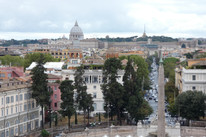

















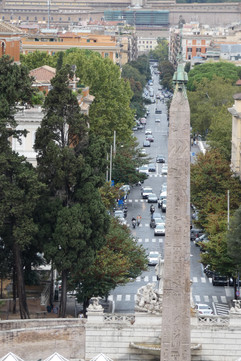















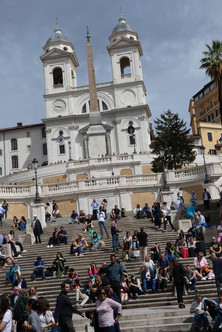








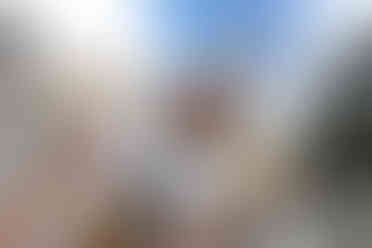
































































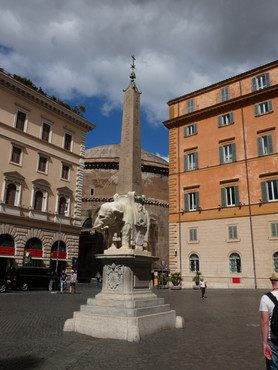







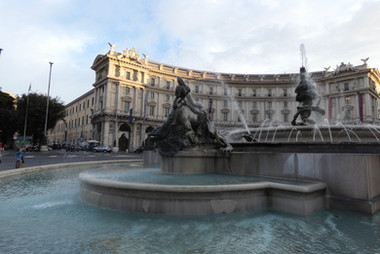





































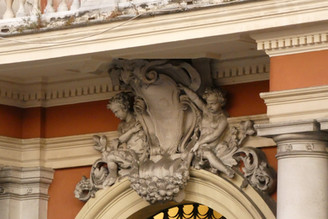






























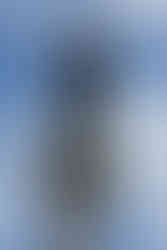
































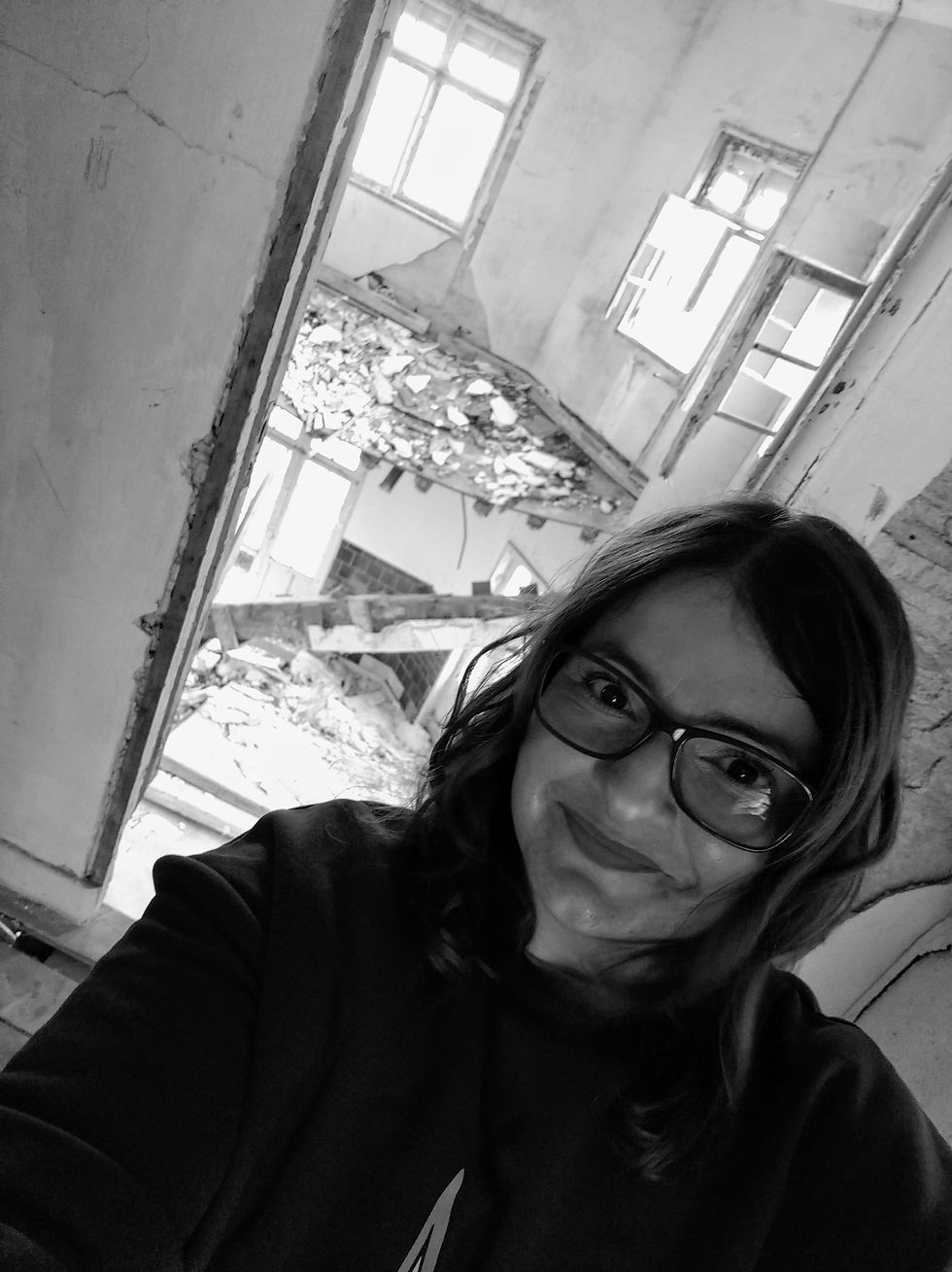

Comments